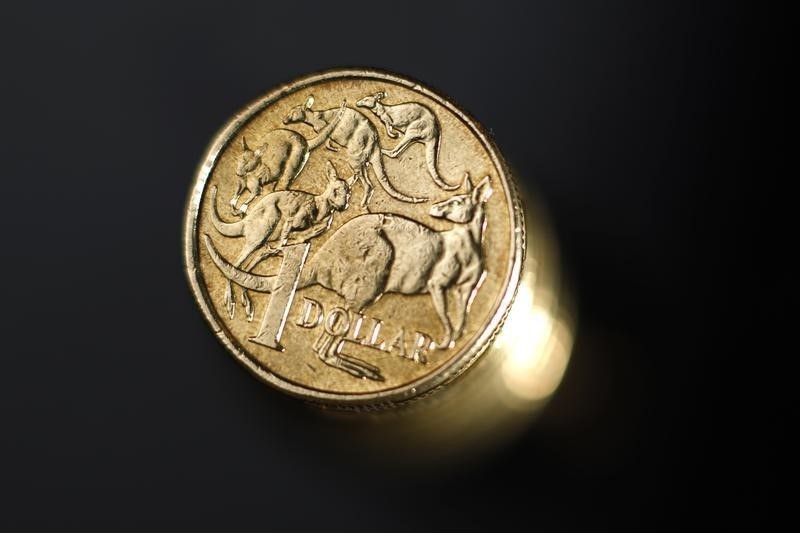By Wayne Cole
SYDNEY, July 10 (Reuters) - The Australian and New Zealand dollars got nowhere against their U.S. counterpart on Monday, but gained on a weakening Japanese yen as the outlook for interest rates globally continued to diverge.
The Australian dollar AUD=D4 was stuck at $0.7610, well off the recent high of $0.7712. It got as low as $0.7573 on Friday when an upbeat report on U.S. jobs added to the case for a further rise in rates there and pushed up Treasury yields.
There is also much speculation the Bank of Canada could tighten this week for the first time in almost seven years.
Yet markets are pricing in almost no chance of a rise in Australian rates this year, with the Reserve Bank of Australia (RBA) showing scant inclination to move at its July policy meeting last week.
"We continue to think that policy normalisation is unlikely over our forecast horizon," said Su-Lin Ong, head of Australian economics at RBC Capital Markets, predicting rates would stay at 1.5 percent right out to the end of 2018.
"We note the uncertainty over the outlook for housing with history suggesting that the RBA does not traditionally lift rates when residential construction is declining, while tighter financial conditions and heavily indebted households do not support a higher cash rate."
The RBA is not alone, however. The Bank of Japan on Friday took action to prevent a rise in bond yields there and reaffirm its super-easy policy, sending the yen lower.
The Aussie was up at 86.85 yen AUDJPY= on Monday having touched a four-month peak of 86.95 last week. The next target is the 88.17 top hit in February and a break there would take it to territory not trod since late 2015.
The New Zealand dollar was already at its highest since January at 83.03 yen NZDJPY= , having risen steadily from 76.00 back in April as investors piled into carry trades.
The kiwi had less luck on the U.S. dollar, idling at $0.7270 NZD=D4 after meeting heavy resistance around $0.7350 in the last couple of weeks.
New Zealand government bonds 0#NZTSY= were little changed after yields jumped on Friday in the wake of the U.S. jobs report.
Likewise, Australian 10-year government bond yields were at their highest since March around 2.79 percent AU10YT=RR .
Three-year bond futures YTTc1 were off 2 ticks at 97.960, while the 10-year contract YTCc1 dipped 2 ticks to 97.250. (Editing by Jacqueline Wong)
